Peanuts & Cracker Jacks, Baseball & Birds
Blaine and I belong to a group called Birding and Beers. We go out birding for a few hours at different locations with a very knowledgeable guide, then cool off or warm up (depending on the season) by having a beer at a nearby pub. I’s a fun activity and we’ve learned a lot about birds and their behaviors.
Another unusual combination is birding and baseball. But it’s not as farfetched as it initially sounds. Birds have been part of our national pastime since its beginning. After all, think about the team names and mascots—the St. Louis Cardinals, Toronto Blue Jays, Baltimore Orioles and the lesser-known Boston Doves, Brooklyn Robins and Newark Eagles from years back. The National Audubon Society recently published an article by sports writer Joe Trezza, who also happens to be a birder. While in Florida covering the Tampa Bay Rays, he watched the antics of the resident sandhill cranes who feel right at home on the field and, fortunately, are willing to share it with the players. Over the last 10 years at various ballparks around the country, he’s seen hawks, vultures, gulls, falcons, eagles, herons and many more. With ever-expanding development eliminating much of their natural habitat, birds will find suitable spots wherever they can.
There is, however, a downside of birds hanging around stadiums. The artificial lights can confuse and disorient them, sometimes throwing them way off course during their annual migration. Plus, birds can’t distinguish glass from sky and often die from colliding into glass buildings. It’s estimated that, in North America alone, over one billion birds perish from building collisions every year.
Kudos to the Milwaukee Bucks, who built the world’s first bird-friendly arena in 2019. Located on Lake Michigan, Milwaukee is directly on the migratory route of hundreds of bird species. The new arena uses bird-safe glass which is treated with a thin ceramic material to make it more visible to birds. It’s also more energy efficient than traditional glass, reducing heating and cooling costs.
The next time you go to a ballpark, you might want to take along your binoculars. They’ll help you see the action on the field. And if the game starts to drag a bit, you can check out what’s going on above the field. You may develop an appreciation for high flies and fowl play of a different sort.
